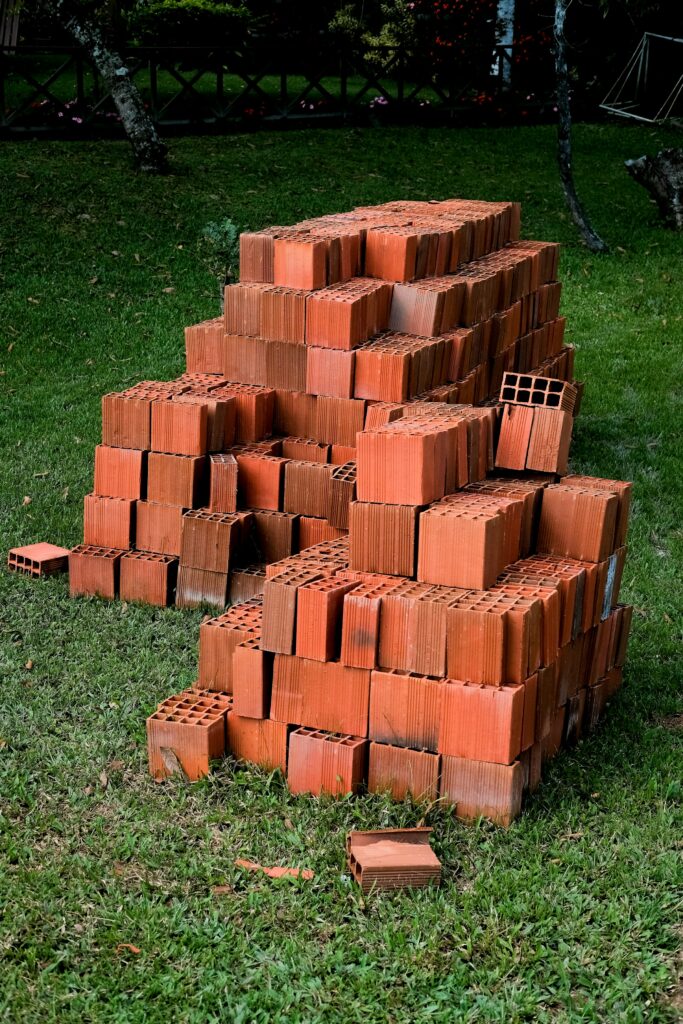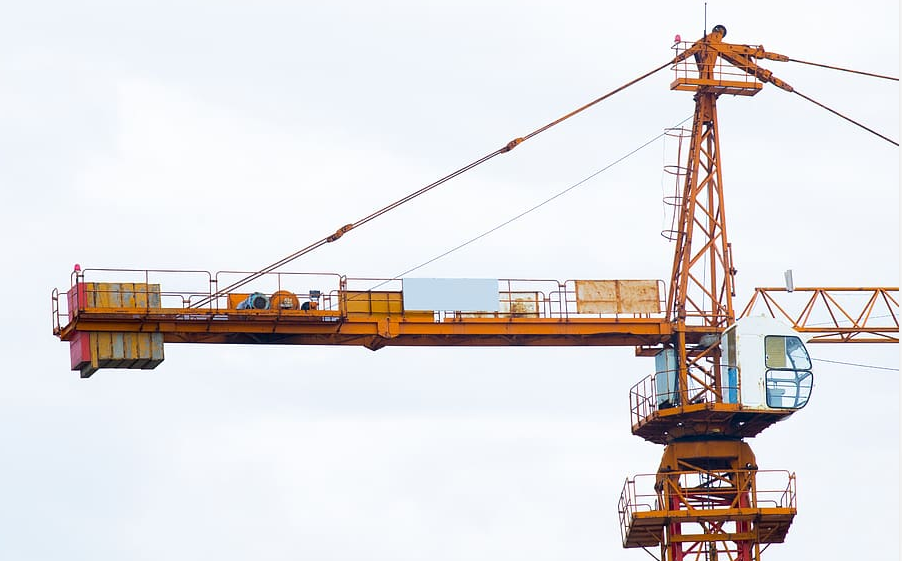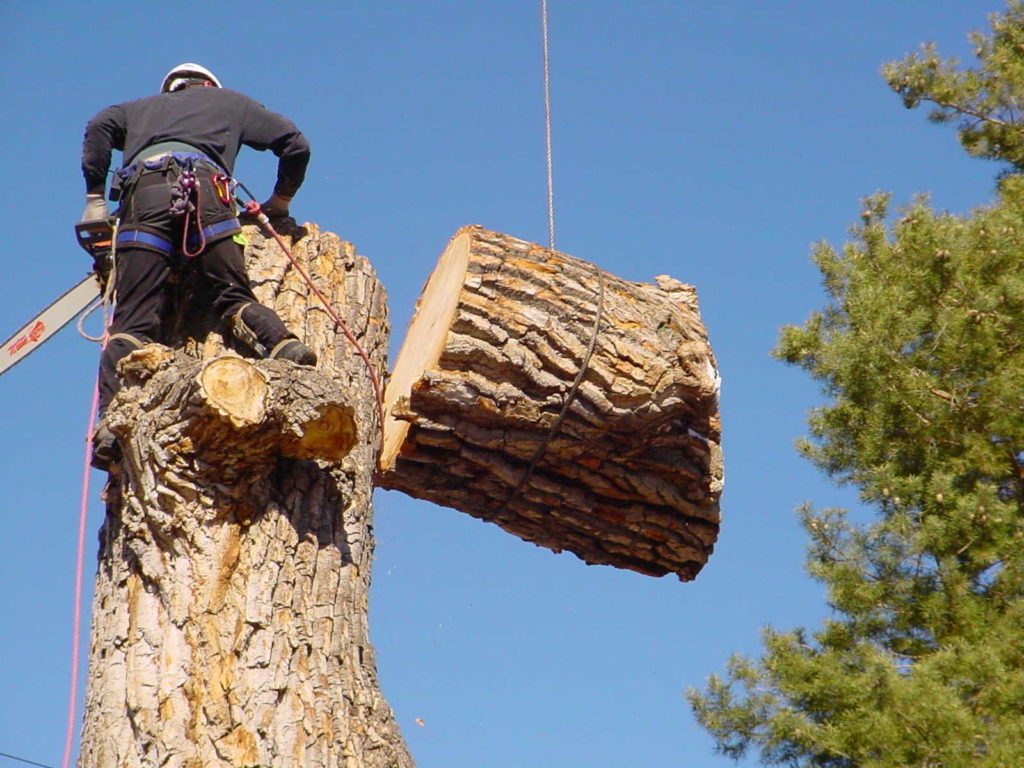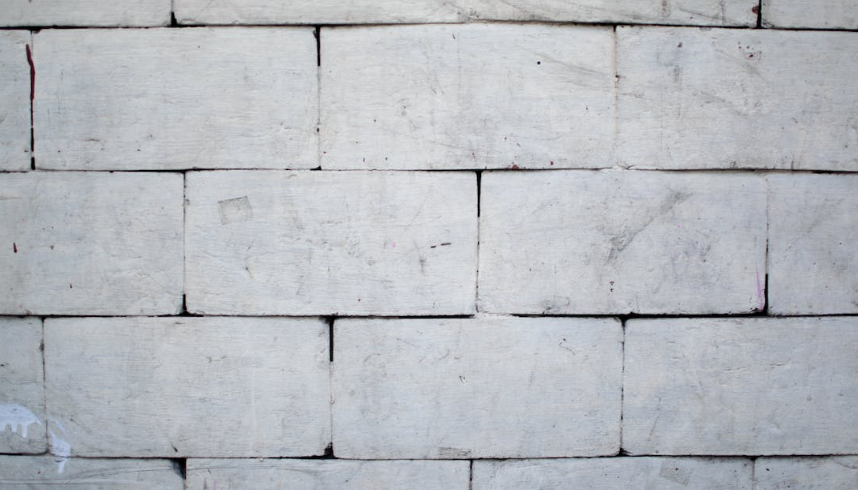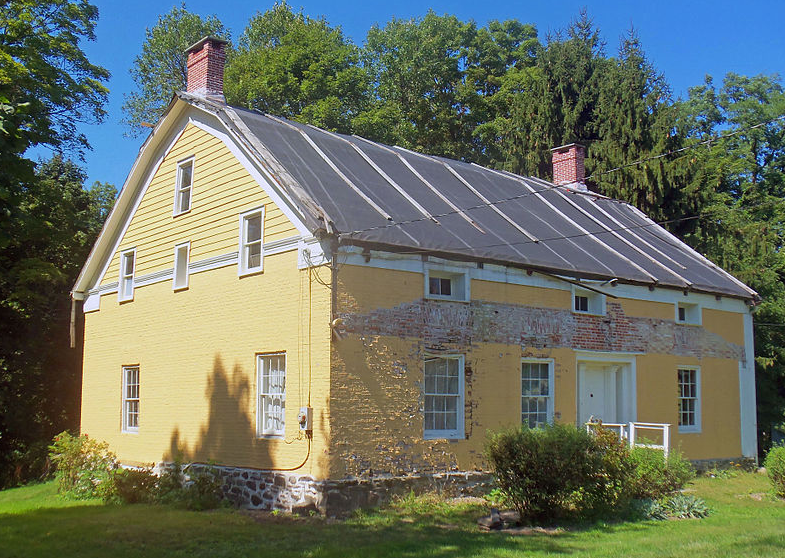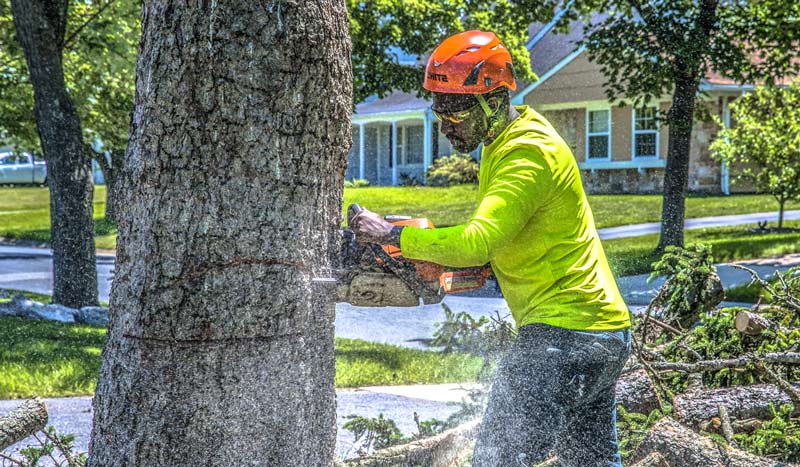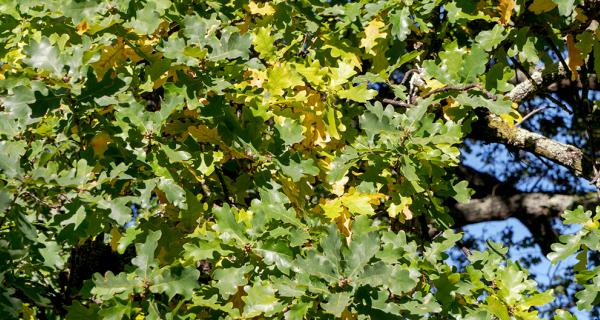In an era marked by a growing awareness of environmental sustainability and a renewed interest in traditional building materials, mud bricks have emerged as a compelling option for contemporary urban design. Once relegated to the annals of history, mud brick construction is experiencing a revival, offering architects and city planners a sustainable alternative to conventional building materials. By incorporating mud bricks into urban design projects, cities can not only reduce their environmental footprint but also create spaces that are visually striking, culturally resonant, and deeply connected to their surroundings.
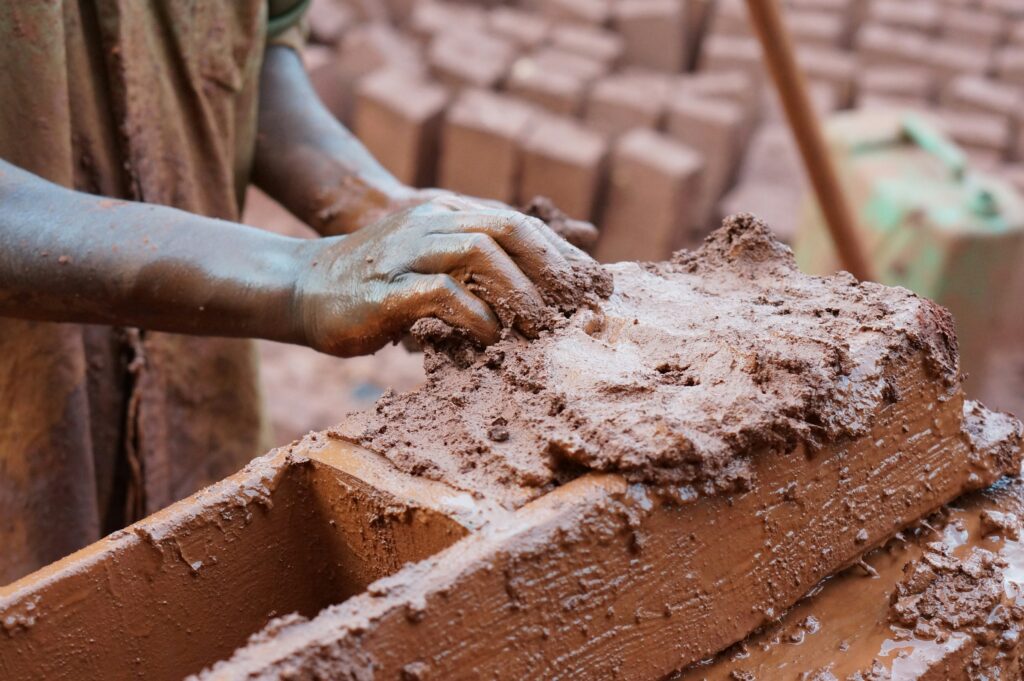
Embracing Tradition in Modernity
At first glance, the idea of using mud bricks in contemporary urban design may seem antiquated or impractical. However, nothing could be further from the truth. Mud brick construction represents a marriage of tradition and innovation, combining age-old building techniques with modern design principles. By harnessing the natural properties of mud – abundance, affordability, and sustainability – architects can create structures that are both aesthetically pleasing and environmentally responsible.
Sustainability at its Core
One of the most compelling arguments for incorporating mud bricks into urban design is their inherent sustainability. Unlike conventional building materials such as concrete and steel, which require large amounts of energy to produce and emit significant carbon dioxide during manufacturing, mud bricks are low-impact and energy-efficient. Made from locally sourced clay, sand, and organic matter, mud bricks have a minimal carbon footprint and can be produced using simple, low-tech methods. Additionally, mud brick construction promotes energy efficiency by providing natural insulation, helping to reduce heating and cooling costs in urban buildings.
Aesthetic Appeal and Cultural Identity
Beyond their environmental benefits, mud bricks also offer unique aesthetic qualities that can enhance the visual appeal of urban spaces. From the earthy texture of raw mud bricks to the warm, earthen tones of finished walls, mud brick structures exude a sense of warmth, authenticity, and connection to the natural world. In an era characterized by cookie-cutter architecture and soulless skyscrapers, mud brick buildings stand out as distinctive landmarks, celebrating local materials and craftsmanship.
Moreover, mud brick construction has deep cultural roots in many parts of the world, reflecting centuries-old building traditions and indigenous knowledge. By incorporating mud bricks into urban design, cities can pay homage to their cultural heritage and promote a sense of place and belonging among residents. Whether used in the construction of community centers, public squares, or residential developments, mud brick buildings serve as tangible reminders of a city’s history and identity.
Case Studies in Mud Brick Urbanism
Several cities around the world have already embraced mud brick construction as a means of promoting sustainable urban development. In Morocco, for example, the ancient city of Marrakech is renowned for its distinctive pink-hued mud brick buildings, which form the backbone of the city’s historic Medina. Similarly, in the Indian city of Jodhpur, mud brick architecture is prevalent, with towering fortresses and labyrinthine alleyways constructed from locally sourced earth.
In more contemporary contexts, architects and urban planners are finding innovative ways to incorporate mud bricks into modern cityscapes. In Australia, the Aboriginal Housing Company’s “Pemulwuy Project” aims to create affordable housing using sustainable materials, including mud bricks made from local clay. Similarly, in the United States, the Adobe Alliance has been instrumental in promoting mud brick construction in urban areas, demonstrating the viability of this ancient building technique in a modern context.
Challenges and Opportunities
Of course, integrating mud bricks into contemporary urban design is not without its challenges. From regulatory barriers to logistical constraints, there are numerous obstacles that must be overcome to realize the full potential of mud brick construction in urban environments. However, with the right combination of political will, public support, and technical expertise, these challenges can be addressed, paving the way for a more sustainable and culturally vibrant urban future.
In conclusion, incorporating mud bricks into contemporary urban design offers a compelling solution to the pressing challenges of sustainability, affordability, and cultural identity facing cities today. By embracing the rich tradition of mud brick construction and harnessing its inherent strengths, cities can create spaces that are not only visually striking and environmentally responsible but also deeply rooted in their cultural heritage. As we look to the future of urban development, let us not forget the lessons of the past – and the timeless wisdom of building with mud.

